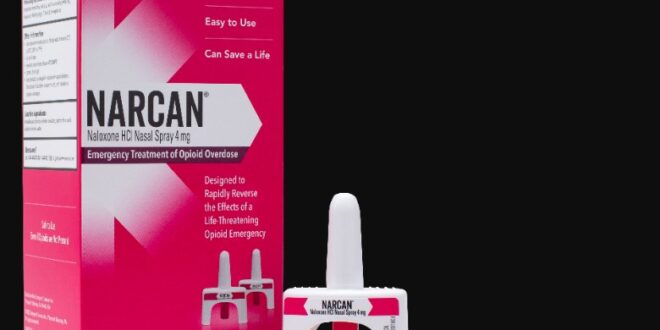Over the last two decades, rising rates of illicit substance use and opioid addiction
have become a pressing public health concern. Each year, countless people struggling with substance use lose their lives to drug overdoses.
In the face of technological and medical innovation, a tool that can save lives has emerged: Narcan.
In this comprehensive guide, we will explore the importance of Narcan for overdose prevention, its mechanism of action, best practices for administration, and the role it plays in harm reduction strategies.
Understanding Narcan and its Role in Overdose Prevention
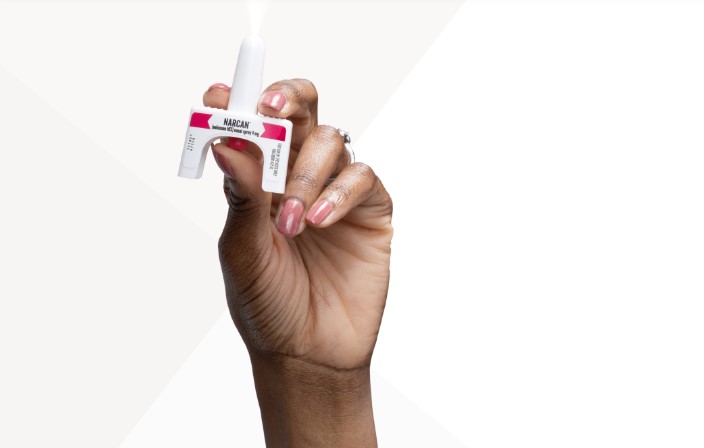
What is Narcan?
Narcan, or naloxone, is a medication that can temporarily reverse the effects of an opioid overdose. It works by blocking opioids from attaching to opioid receptors in the brain, effectively restoring normal breathing and preventing fatal consequences.
How does Narcan work?
When opioids are taken in excessive amounts, they can overwhelm the body’s respiratory system, leading to slowed or stopped breathing.
Narcan quickly counteracts this by binding to opioid receptors and displacing the opioids. This action restores normal breathing and prevents the potentially fatal respiratory depression caused by opioid overdose.
The Importance of Narcan in Overdose Prevention
Narcan plays a crucial role in overdose prevention as it provides a rapid response to an opioid overdose. Administering Narcan can buy precious time for emergency medical services to arrive, increasing the chances of survival.
It is important to note that Narcan is effective in reversing overdose from both legal and illegal forms of opioids.
Administration of Narcan ─ Best Practices and Guidelines
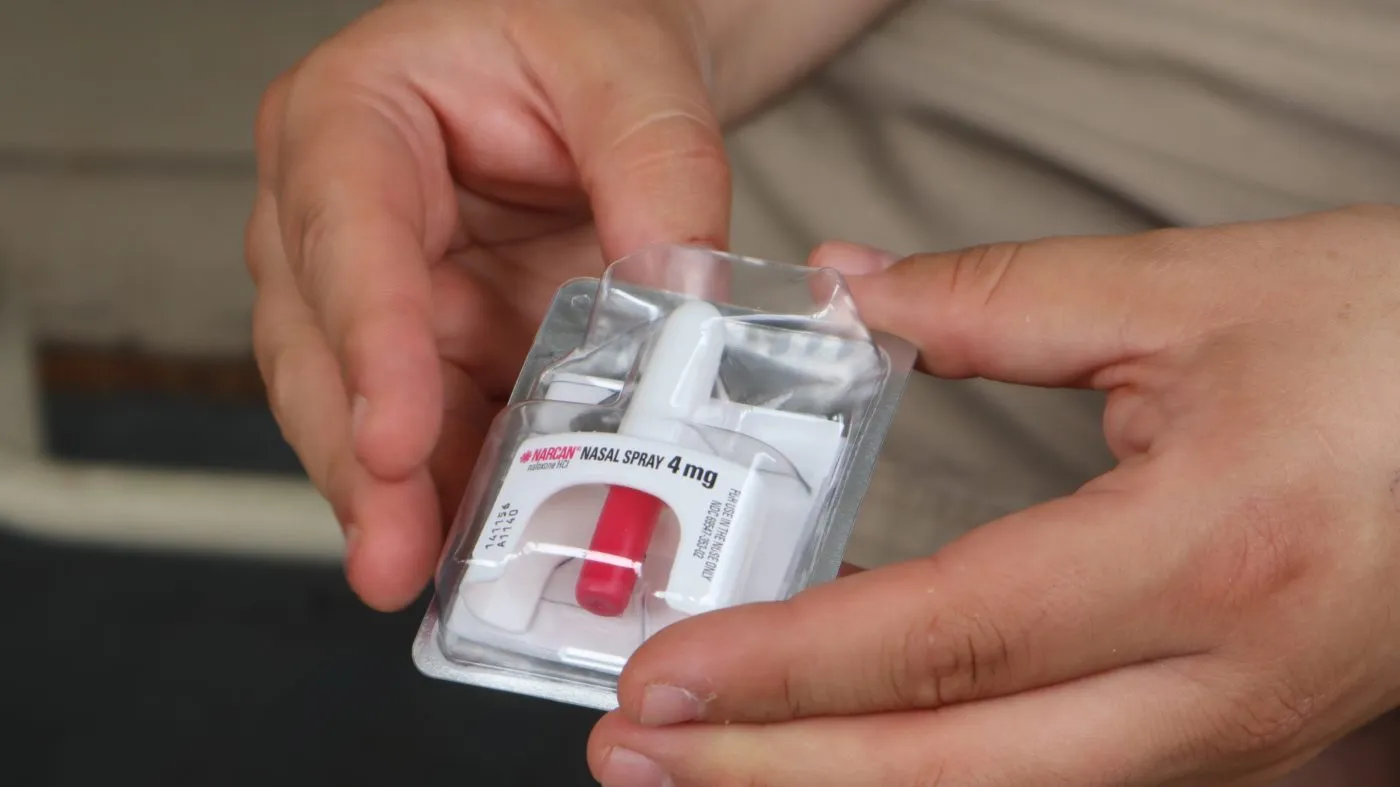
Who can administer Narcan?
Narcan can be administered by medical professionals such as paramedics. It can also be given by friends, family, or bystanders who may be first on the scene of an overdose. Recognizing the signs of an overdose and having Narcan readily available can be life-saving.
Forms of Narcan Administration
Narcan can be administered through different routes, including intramuscular injection or nasal spray. The intramuscular shot is typically given in the thigh, while the nasal spray is easily administered by spraying the medication into one nostril.
Training for Narcan Administration
To ensure the safe and effective administration of Narcan, individuals are encouraged to seek proper training. Training programs educate participants on recognizing the signs of an overdose, administering Narcan, and performing CPR if needed.
Overcoming Potential Challenges
It is important to be aware of potential challenges when administering Narcan. In some cases, individuals who have been revived with Narcan may experience an urge to use more opioids once they regain consciousness.
This is especially true for those who are dependent on opioids and may experience withdrawal symptoms. Education and support services are crucial to preventing relapse and providing people with resources for ongoing treatment and recovery.
Naloxone as a Harm Reduction Strategy
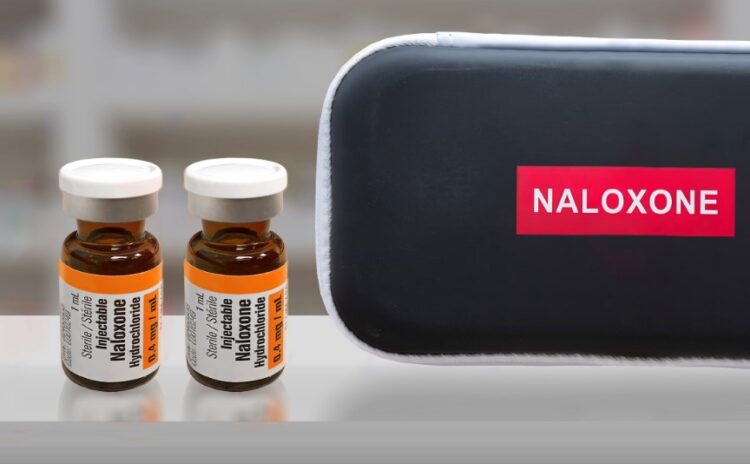
Understanding Harm Reduction
Harm reduction is an approach that aims to minimize the negative consequences associated with drug use. It acknowledges that drug use is a complex issue and focuses on reducing the immediate dangers and risks, such as accidental overdose and death, without necessarily addressing the underlying causes of addiction.
Naloxone as a Harm Reduction Tool
Naloxone is a key component of harm reduction strategies. Its availability without a prescription allows for easier access in emergencies.
Naloxone can be obtained from pharmacies, and in some cases, it can be prescribed alongside opioid medications for those at higher risk of overdose. Its use as a harm reduction tool emphasizes the importance of saving lives and reducing the immediate harm associated with opioid use.
Safety and Dependence Concerns
One of the advantages of naloxone is that there is no potential for the development of dependence on the drug itself. Naloxone acts as a temporary antagonist, meaning it does not produce a high or reinforce opioid use.
However, it is important to note that naloxone does not address the underlying issues of addiction and should be supplemented with comprehensive treatment and support services.
Access to Narcan ─ Promoting Availability and Education
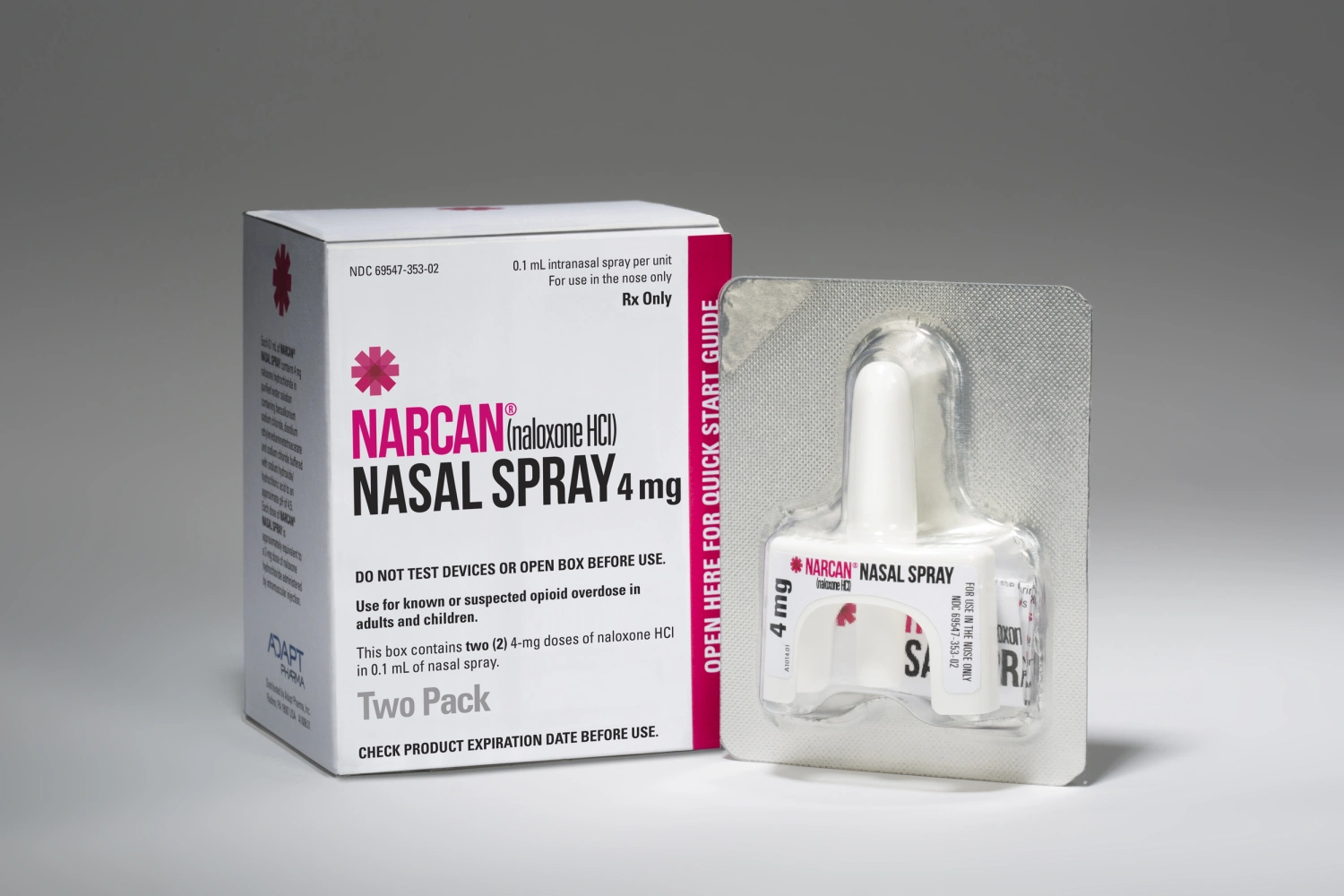
Making Narcan Readily Available
To maximize the potential impact of Narcan in preventing overdose deaths, efforts should be made to ensure its widespread availability.
This includes making Narcan accessible in pharmacies, healthcare facilities, community organizations, and other locations where overdoses are likely to occur.
Public Education and Awareness
Public education and awareness campaigns play a vital role in ensuring the effective use of Narcan. These campaigns should focus on educating the public about the signs of an overdose, the importance of timely intervention, and the proper administration of Narcan.
Collaboration with Local Communities
Collaboration between healthcare providers, community organizations, and local authorities is crucial in implementing effective overdose prevention programs.
By working together, these stakeholders can distribute Narcan, provide training, and raise awareness about the availability and proper use of Narcan.
Conclusion
Narcan, or naloxone, is a powerful tool in the fight against opioid overdose deaths. Its ability to quickly reverse the effects of an overdose and restore normal breathing has the potential to save countless lives.
By promoting access to Narcan, providing education and training, and implementing harm reduction strategies, we can make a significant impact in preventing overdose deaths and supporting individuals on their journey toward recovery.
Remember, if you or someone you know is struggling with opioid addiction, seeking professional help is crucial. Reach out to local healthcare providers or helplines for guidance and support.
 Hi Boox Popular Magazine 2024
Hi Boox Popular Magazine 2024
